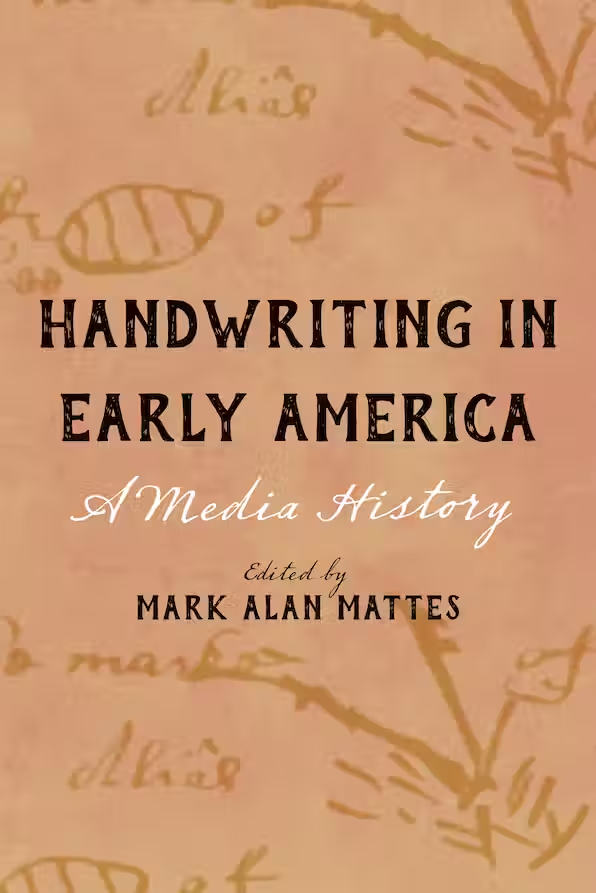Years ago, I wrote my signature on a piece of white paper, scanned it, and inserted it as a picture at the bottom of my digital letterhead. It’s a perfect example of what Richard Grusin has called the “premediated” sign. Others in academia sign their letters by typing out their names in cursive fonts. Whether Zapf, Apple Chancery, or Lucida Calligraphy, the important thing is that the font gestures to cursive, which has become the avatar of handwritten-ness in digital media today. We make these insertions not because we need to signal our authenticating presence but because formal letters are a genre of writing, with certain expectations regarding not only content but also appearance. A formal letter should conclude with the writer’s name inscribed to look a particular way, whether it’s a picture of a signature or a digital simulacrum of one.
All of which is to say, whatever writing is today, it is not self-evident. In the introduction to the new edited volume Handwriting in Early America: A Media History, Mark Alan Mattes suggests that we can come to grips with what writing is by triangulating between inscription, the people inscribing, and the systems of communication in which their inscriptions circulated. The 16 essays in the collection bear out the expansive potentials of this framework, not only by truly taking on the contingency of writing itself but also by revealing how the same kinds of writing can do radically different cultural work.
For example, almost every essay in this rich volume finds a counterpart or mirror image of itself, underscoring just how relative and relational the meaning of every kind of inscription is. A poem on penmanship quoted and copied by a teacher into an African American girl’s friendship album endorses the value of “polite culture” as a means of advancing in the antebellum Black elite. A different friendship album, owned by Omaha activist Susette La Flesche, also features an array of handwritten quotations, but they document a tense ethics of obligation between writers and recipient—both are impelled to act in accord with an assimilationist vision of Indigenous self-determination.

